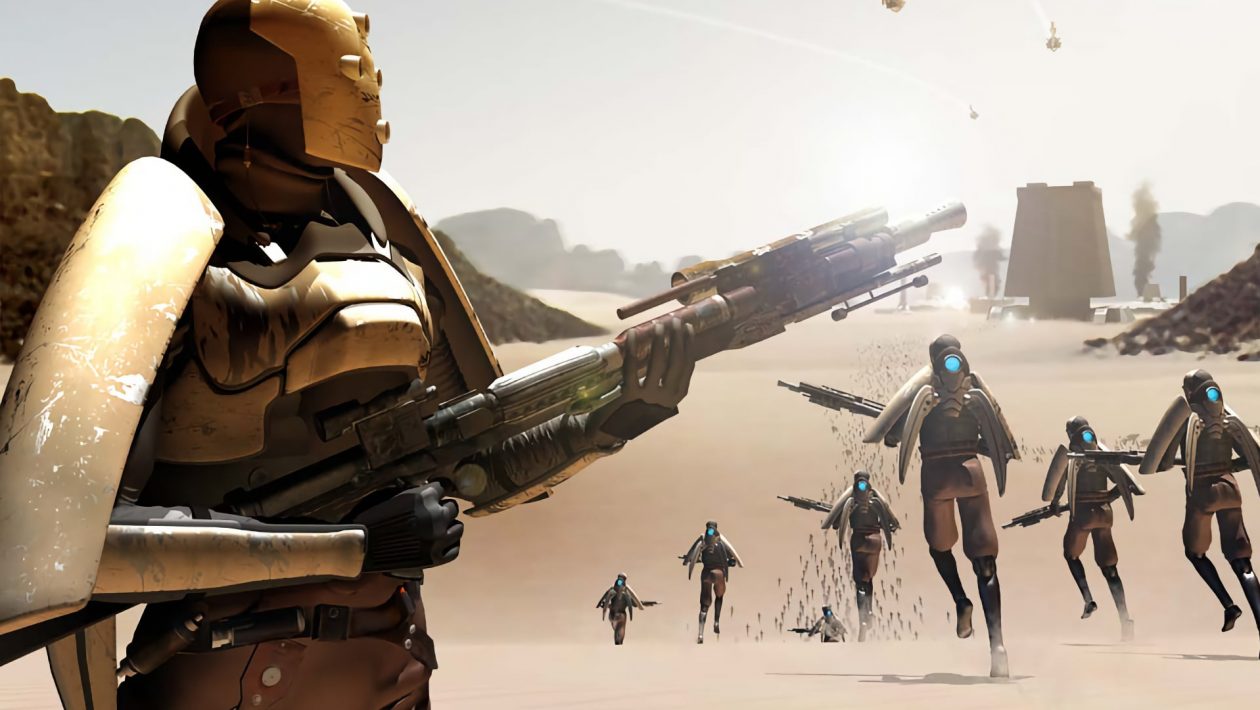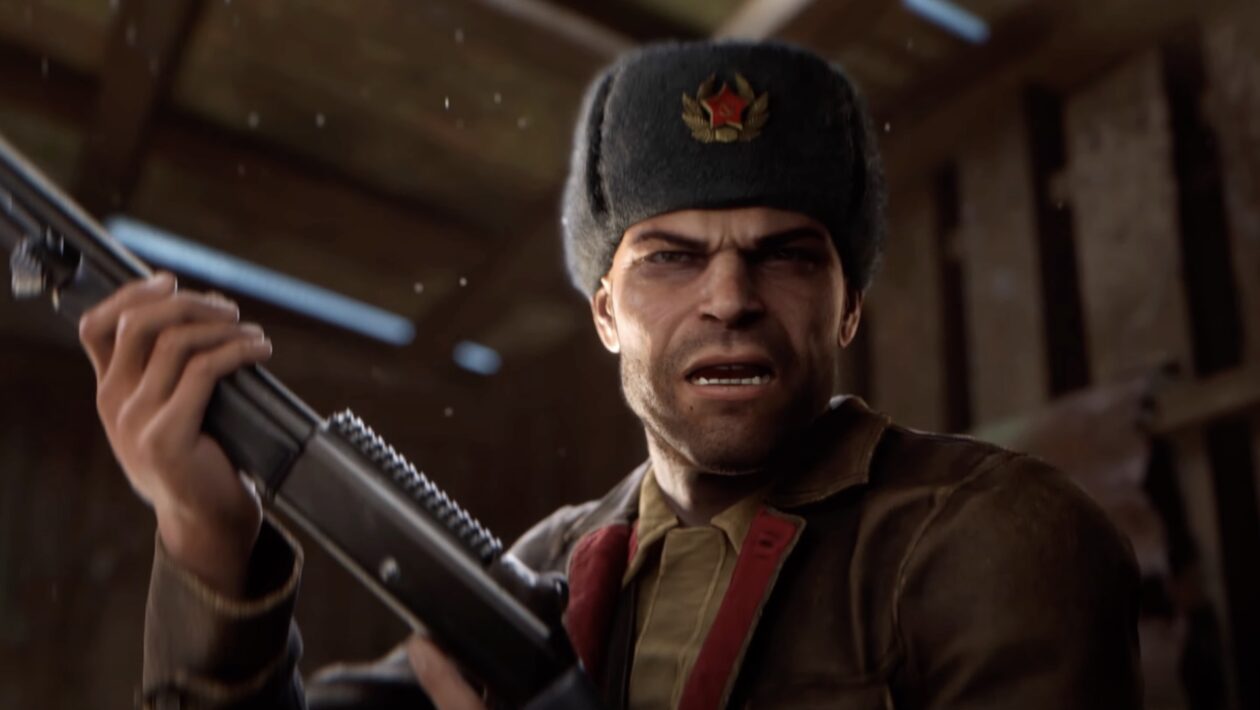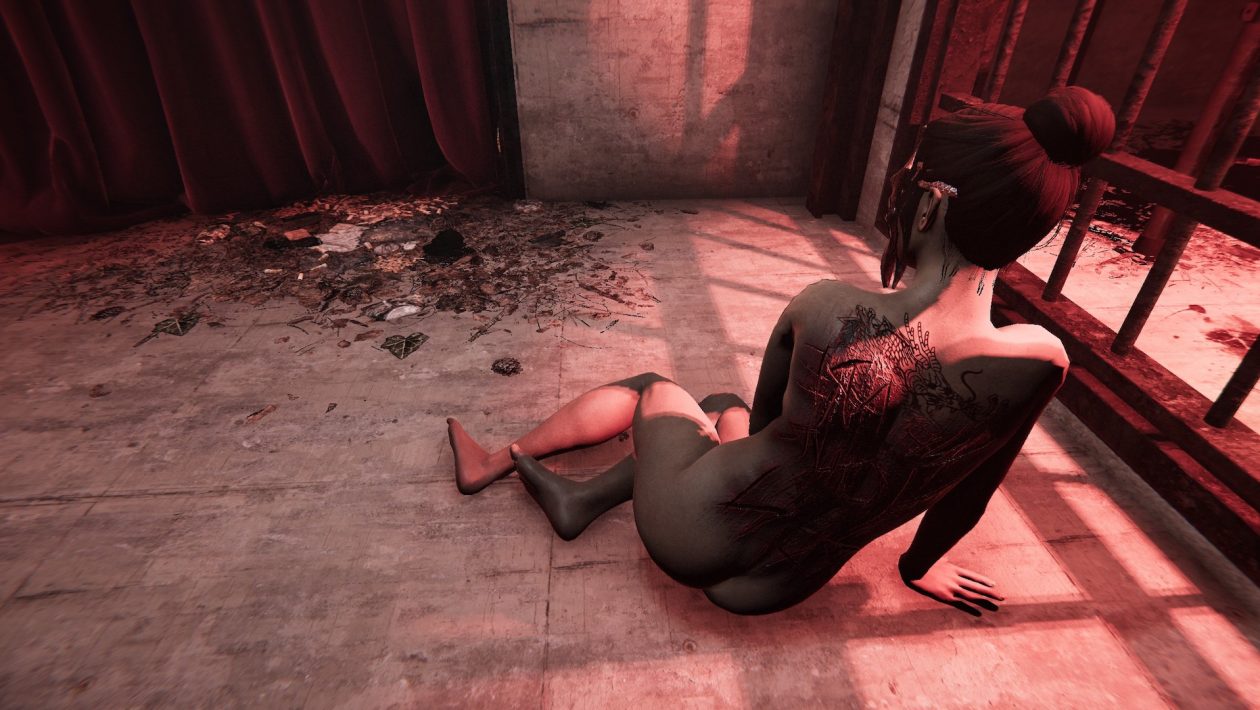History of Games According to Dune, Part Six -apkrig
In the last part of our series, we focused on the action adventure Frank Herbert’s Dune from 2001, which was released just a few months after the real-time strategy of Emperor: Battle for Dune. Unfortunately, we have also exhausted the list of official titles released from this universe. But our expedition is far from over. While it might rightly seem that Cry’s last game failed, the real setbacks are yet to come. As many developers will probably confirm to you, the fact that you complete the game at all is a success in itself. And we’ll look at the first title that wasn’t so lucky. In other words, we will open a chapter of canceled games according to Dune, which failed to complete. And let’s start with the most ambitious of all – the online game Dune Generations.
As we took a bite last time, the French company Cryo Interactive worked on the MMO Dune Generations until its demise. Specifically, she was in charge of the Cryo Networks division, which focuses on the development and publishing of online games. The team, founded in December 1997, had a spectacular vision. In 2001, he introduced the world to an online 3D real-time strategy set in Frank Herbert’s universe. At the same time, she could fulfill the dreams of many fans and the beginning looked really promising. Imagine a title in which you take your own family, which you would choose at the beginning, gain influence with it and try to become the most powerful faction and dominate the known universe while competing with other players.
In addition to warfare and alliances, players were also to enter into various trade agreements or even marriages, thus creating a new bloodline within their own dynasty.
But first you would have to manage your own home world, and only then would it be possible to go to the stars and think about forming an alliance and strengthening influence and power. Players would play for merchants, soldiers and mercenaries, and each specialization would, of course, bring different gameplay. Traders would naturally focus more on business than families oriented towards the military and war. But they could also call on mercenary players to win their battles for a fee. In the end, however, it would again be mainly about controlling Arrakis. This is mainly through influence and reputation, which would allow you to gain the rights to extract spices.
A massive online strategy would, of course, be based on a persistent universe. We would manage our resources and wage wars. According to the authors, the players had to make strategic decisions and cooperate or, on the contrary, fight in an effort to gain as much strength as possible. Each month, representing 50 years in the game, the most powerful player would gain dominance over the planet Arrakis. Whether he could keep it under pressure from other families and the emperor, it would only depend on him. He would have to meet the prescribed quotas and forge an alliance with the Fremen so as not to disrupt his plan. It would undoubtedly be interesting to have the most important world in the game with its own specific gameplay, which many players would probably never see or at least actively influence.
The player would receive so-called prestige points for warfare, trading and diplomatic actions. With their help, he would then gain more power and influence. Players would also perform military, trade and political missions. They could go on their own and together, and in addition to the classic missions, the team also planned various random events. Even if each user controlled only one family, he could use different members and companions throughout the dynasty.
Each genus would have approximately 40 types of units and buildings at its disposal, and over time, more would be added, as befits an MMO. Most except the basic ones would be unique to each genus. Raw materials and other resources would also vary depending on what home world we would start in the first mission. Subsequent battles would be fought on the surface of the planets and in space, respectively, the authors said that they want three zones – the planets, their orbit and the area of the entire star system.
Players would communicate with each other through chat, as cooperation and relationships should play a key role. In addition to warfare and alliances, players were also to enter into various trade agreements or even marriages, thus creating a new bloodline within their own dynasty. The developers planned that each server would support up to 20,000 players, and on average, approximately 2,000 people should be connected at a time. Up to 500 units were to join the battle at the same time, and if the player were offline, his autonomous defense would be strengthened. But guilds and mercenaries also had to defend disconnected families. Although the authors did not have time to determine the exact price, they thought of a subscription system, which was of course nothing new at that time.
The team was proud of the fact that approximately 50 people are working full time at the game, which of course may seem like a ridiculously low number today. In an interview with GameSpot magazine, Tiphaine Locqueneux reveals that the developers are fans of Dune II from Westwood, but according to them, the design and atmosphere have deviated too much from the original. Their Dune was supposed to be more than a real-time strategy, but they also included political, diplomatic and economic aspects like Frank Herbert’s books. The studio decided to build its own story based on the famous universe. Of course, players would also come across familiar characters, but they would not be able to play for them directly. It would be an NPC.
Cryo not only developed the game, but also planned to release it. DreamCatcher Interactive was to be the partner for the North American market. In the autumn of 2001 we had our first promising trailer and this canceled project is quite generous for various materials, which gives us a pretty good idea of the overall vision, see the videos below. Originally, the game was supposed to be released in the same year, sometime in the last quarter of 2001, but of course it didn’t happen. In the fall, however, the authors were looking for players to take part in the planned beta test. In February 2002, the project was still in alpha version and the first lucky ones were to try it. Eventually, however, over the next few months, the fate of the MMO sealed the crash of Cry himself.
Maybe the whole plan for Cryo’s financial troubles was far too ambitious. Maybe he was too much for the time and a small team. It might not be possible to fully realize it and develop its potential, even if Cryo did not close the store. But the vision itself still seems as attractive to me as it did 20 years ago, when it began to emerge. Maybe one day someone will take her again. And it could be the Norwegian Funcom, which is currently preparing games from this universe. But our series does not end there. In the next part, we will look at the second canceled Dune, which was more modest in terms of knowledge, but it suffered the same fate as Dune Generations.
Games from space Dunes
History of games according to Dune, part one
Cryo completed the game, although the publisher entrusted the task to Westwood. And suddenly there were two Dunes
History of games according to Dune, part two
The real-time strategy of Dune II gave birth to the belief that turn-based war games are boring and slow
History of games according to Dune, part three
The players didn’t really want a remake of Dune 2000, but they still got it. He opened the way for a sequel
The history of games according to Dune, part four
Emperor: Battle for Dune failed to emerge from the shadow of Dune II. He took us to other planets
History of games according to Dune, part five
Cry’s second Dune was shorter than her television masterpiece. It starts in the middle and confuses the author’s name
The history of games according to Dune, part six
Crya’s MMO Dune Generations 20 years ago promised an ambitious online real-time strategy
We Play the Live Classic Dune (1992)
Join us on the planet Arrakis in the first game from the universe of Frank Herbert
We Play the Live Classic Dune II (1992)
We return to Arrakis in Westwood’s famous real-time strategy that overshadowed Cryo
We play a live classic: Dune 2000
But we will look at the popular real-time strategy in one of the strangest versions ever
We are playing a live unofficial remaster of Dune 2000
We are returning to the planet Arrakis in a free community project with new features and functions
Don’t wait for EA, play the Dune 2000 remaster now
Thanks to the community project OpenRA, you can try the modern version with lots of new features


